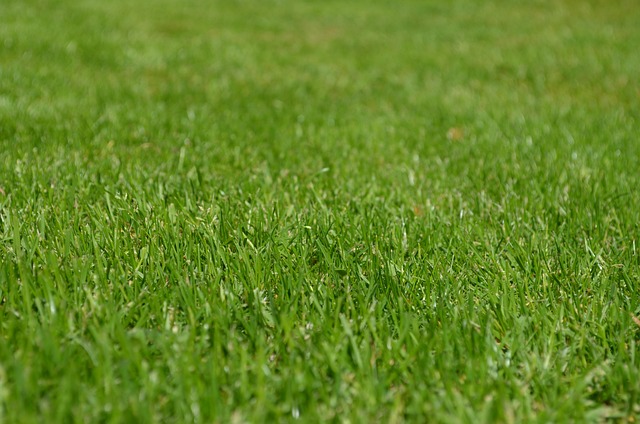
“Boost Your Garden Greenery: A Guide to Choosing the Best Lawn Fertilizer”
Boost Your Garden Greenery: A Guide to Choosing the Best Lawn Fertilizer
There’s something deeply satisfying about stepping barefoot onto a lush, green lawn. It’s not just about aesthetics; it’s about creating a space where life flourishes, where you can relax and connect with nature. If you’re passionate about gardening, you know that a vibrant lawn is the foundation of a beautiful garden. But achieving that perfect carpet of green doesn’t happen by chance—it requires the right care, and at the heart of that care lies the lawn fertilizer.
Why Lawn Fertilizer Matters
Your lawn is a living, breathing ecosystem that needs nutrients to thrive. Over time, soil nutrients get depleted, especially after harsh weather or heavy foot traffic. Fertilizers replenish these essential nutrients, promoting healthy growth, rich color, and resistance to pests and diseases. Using the right lawn fertilizer means giving your grass the fuel it needs to stand tall, look lush, and feel soft underfoot.
Understanding Your Lawn’s Needs
Every lawn is unique—factors like grass type, soil condition, climate, and sunlight exposure all affect what fertilizer will work best. Before selecting a lawn fertilizer, take a moment to assess your garden:
- Grass Type: Different grasses have unique nutrient requirements. For example, cool-season grasses often benefit from fertilizers higher in nitrogen.
- Soil Health: Conduct a soil test to determine pH levels and nutrient deficiencies. This helps you choose a fertilizer that compensates for what your soil lacks.
- Seasonal Timing: Applying fertilizer at the right time—typically in spring or fall—can maximize effectiveness and minimize waste.
Choosing the Best Lawn Fertilizer
When it comes to fertilizer, the label can seem like a foreign language—numbers like 10-10-10 or 20-5-10 might leave you wondering what they mean. These figures represent the primary nutrients (Nitrogen-Phosphorus-Potassium) your lawn needs:
- Nitrogen (N): Encourages lush, green growth.
- Phosphorus (P): Supports root development.
- Potassium (K): Enhances hardiness against drought and disease.
Select a fertilizer blend that matches your lawn’s specific needs. For example, if your lawn looks pale or thin, a high-nitrogen fertilizer might be your best bet. If you’re establishing a new lawn, choosing a fertilizer with higher phosphorus could help roots take hold strong and fast.
Organic vs. Synthetic Fertilizers
Gardeners today often choose between organic and synthetic lawn fertilizers. Organic options, made from natural materials like composted manure or bone meal, improve soil health over time and are environmentally friendly. Synthetic fertilizers can provide quick nutrient boosts and are easy to apply but require careful use to avoid runoff or damage.
Consider your garden’s long-term health, environmental impact, and your personal gardening philosophy when making your choice.
Tips for Applying Lawn Fertilizer
Proper application is just as important as selecting the right fertilizer:
- Follow Instructions: Over-fertilizing can harm your lawn and the environment.
- Use a Spreader: A spreader ensures even distribution for consistent growth.
- Water After Application: Moisture helps nutrients soak into the soil effectively.
- Time It Right: Avoid fertilizing before heavy rain to prevent nutrient runoff.
Taking these steps transforms fertilizer from just a garden product into a powerful tool for nurturing your lawn.
Embrace the Green Journey
Choosing the best lawn fertilizer is a meaningful step in your gardening journey. It’s about more than growth—it’s about cultivating life, peace, and joy right outside your door. With the right fertilizer, your lawn won’t just be grass; it will be a vibrant canvas for your memories, gatherings, and quiet mornings with a cup of coffee.
So, take a deep breath, feel the earth beneath your feet, and let your garden thrive in its full green glory.


